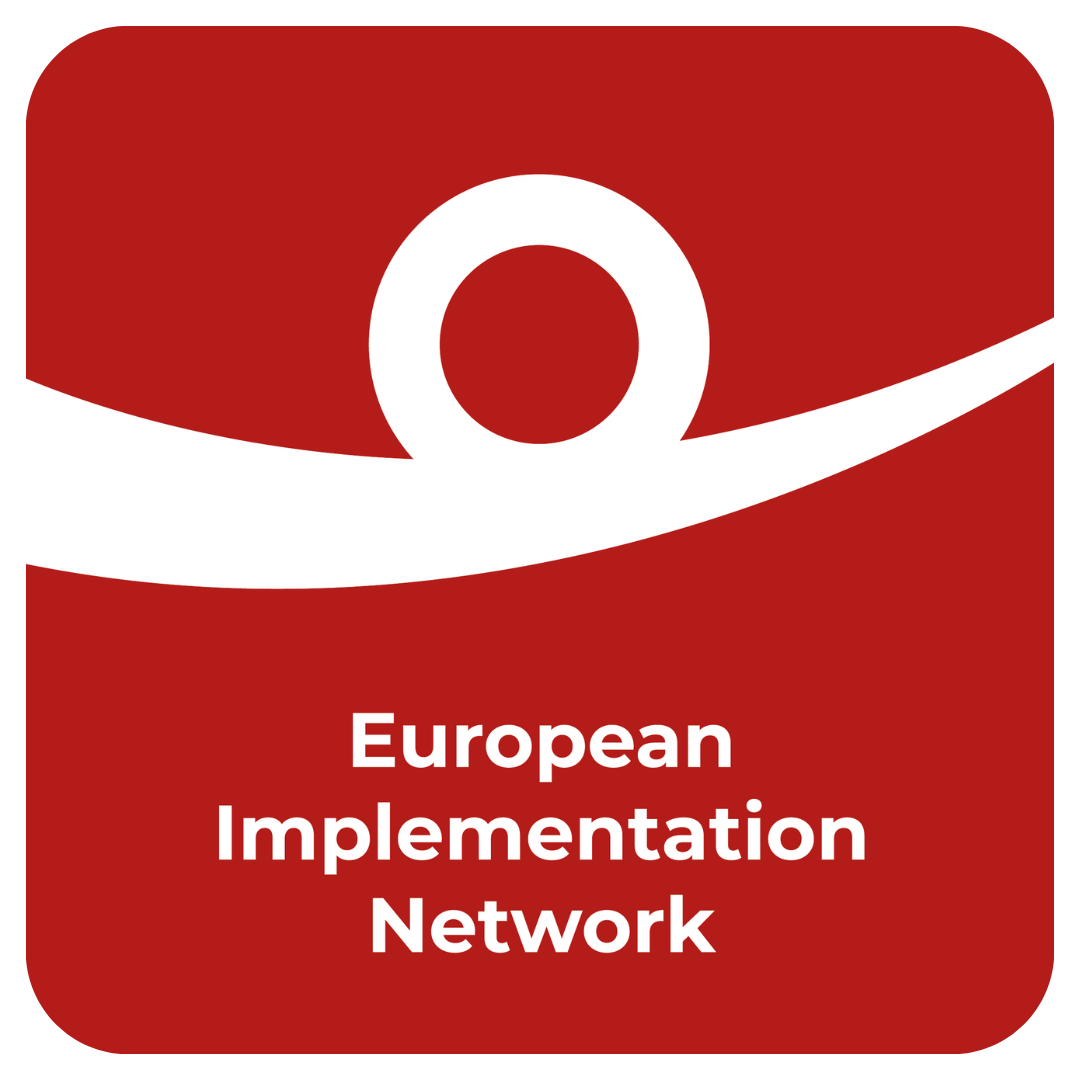Change for the Implementation of Judgments of the European Court of Human Rights
/EIN Director George Stafford
It is now three years since the European Implementation Network became fully operational. During that time, civil society’s work on the implementation of European Court of Human Rights Judgments has hugely increased. However, it is important to also note how the work of the Council of Europe is developing – and what this means for us.
Strategic Prioritisation of the Council of Europe
At the start of 2021, the Secretary General of the Council of Europe circulated a strategy document to the Strasbourg delegations. This listed the priorities of the Council of Europe for the next four years, 2021-2024. The number one priority is the implementation of judgments of the European Court of Human Rights.
For everyone working on this issue, this strategic prioritisation is very welcome news.
It is not yet clear exactly what additional activities will happen in practice. However, it seems likely they will include more co-operation projects aimed at promoting implementation through joint events and activities between the Council of Europe and national governments. There is also likely to be an increased focus on implementation during high-level visits.
EIN has contributed to this prioritisation through our mapping of the scale of non-implementation; network members promoting the issue on television (see here, here and here) , in newspapers (see here, and here), and on social media; EIN reporting on overly-optimistic Council of Europe implementation statistics; and briefings to members of the Committee of Ministers about the overall state of implementation.
What this means for civil society
First of all, it is important to welcome the increase in Council of Europe and government activity – and be proud that the work of civil society has contributed to this. However, we also need to recognise the opportunities and risks involved.
The next four years are likely to be critical for ECtHR implementation. The Council of Europe is likely to increase efforts to meet internal targets of bringing down the number of pending leading cases by a certain amount every year. Governments will be encouraged to submit more and more Action Plans/Reports.
It is therefore a time when many important implementation reforms will be drafted – and many cases will be closed. Members of the network might worry that, without adequate civil society involvement, some reform plans will be insufficient – and cases might be closed prematurely.
It is encouraging that there will be a greater focus on implementation. However, civil society will want to ensure that this focus leads to real changes.
Looking ahead
We would therefore encourage the network to be particularly active in ECtHR implementation during this time. This will involve responding to important case developments – but also planning ahead. As all EIN members will know, effective work on implementation can take a lot of time. We therefore hope that the likely need for additional implementation work can be taken into account in the drafting of workplans and fundraising proposals for the years ahead. This could include EIN members co-operating in joint bids for large-scale fundraising calls.
We also hope that our members and partners can increase their impact through promoting implementation work in their own country. I take this opportunity to highlight a recently published EIN guide on Implementation Hubs. This showcases the work of organisations across our network in engaging other groups, in order to make a bigger impact on implementation. We hope that it can serve as a source of inspiration for your activities going forward. As ever, the EIN Secretariat stands ready to assist you in your important work. The increased Council of Europe activity provides a welcome opportunity. We encourage our network to seize it!


